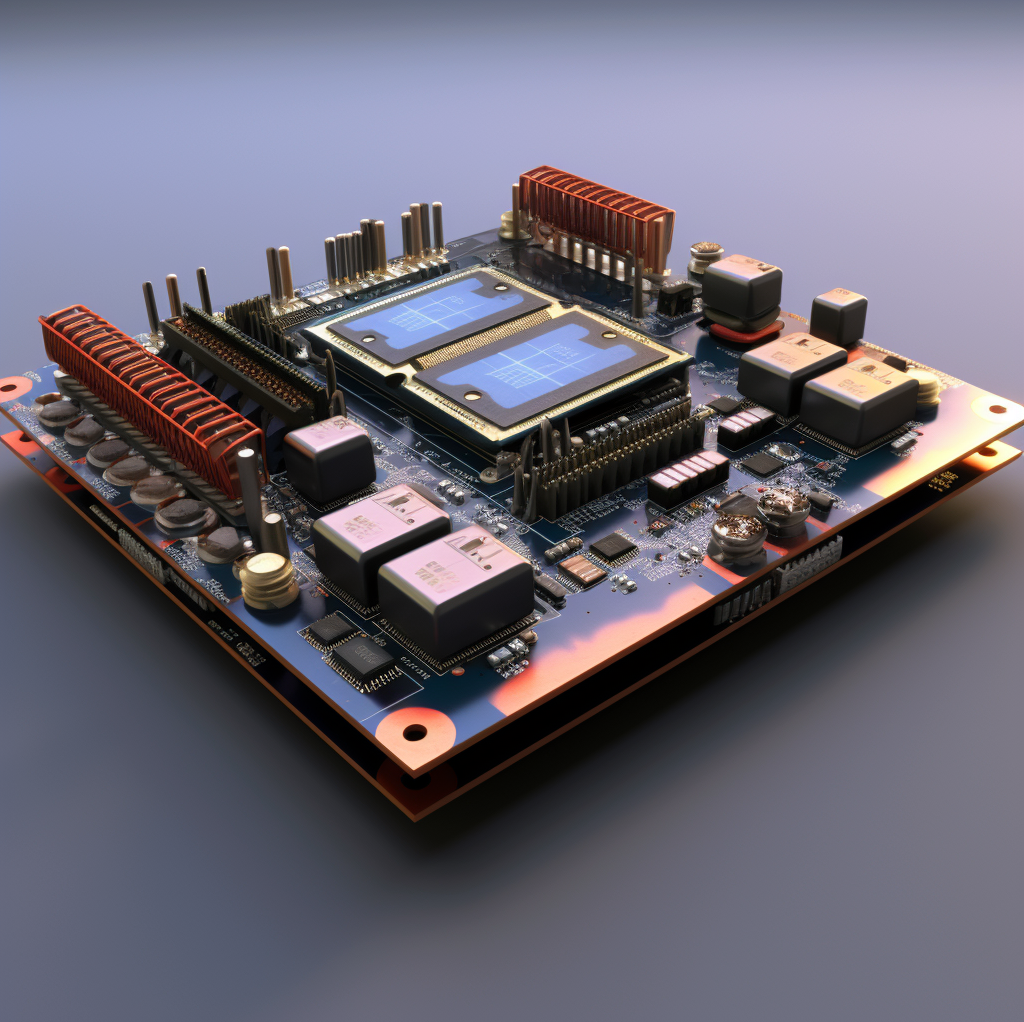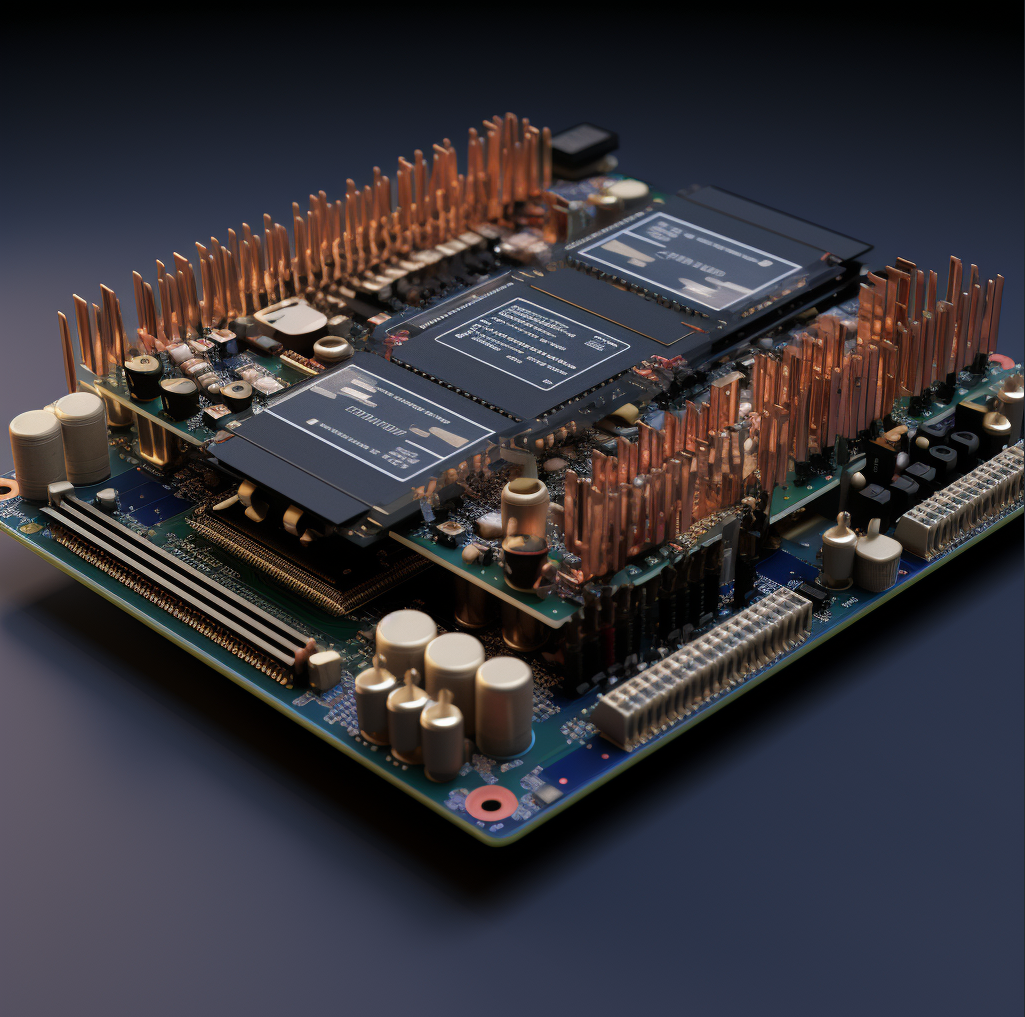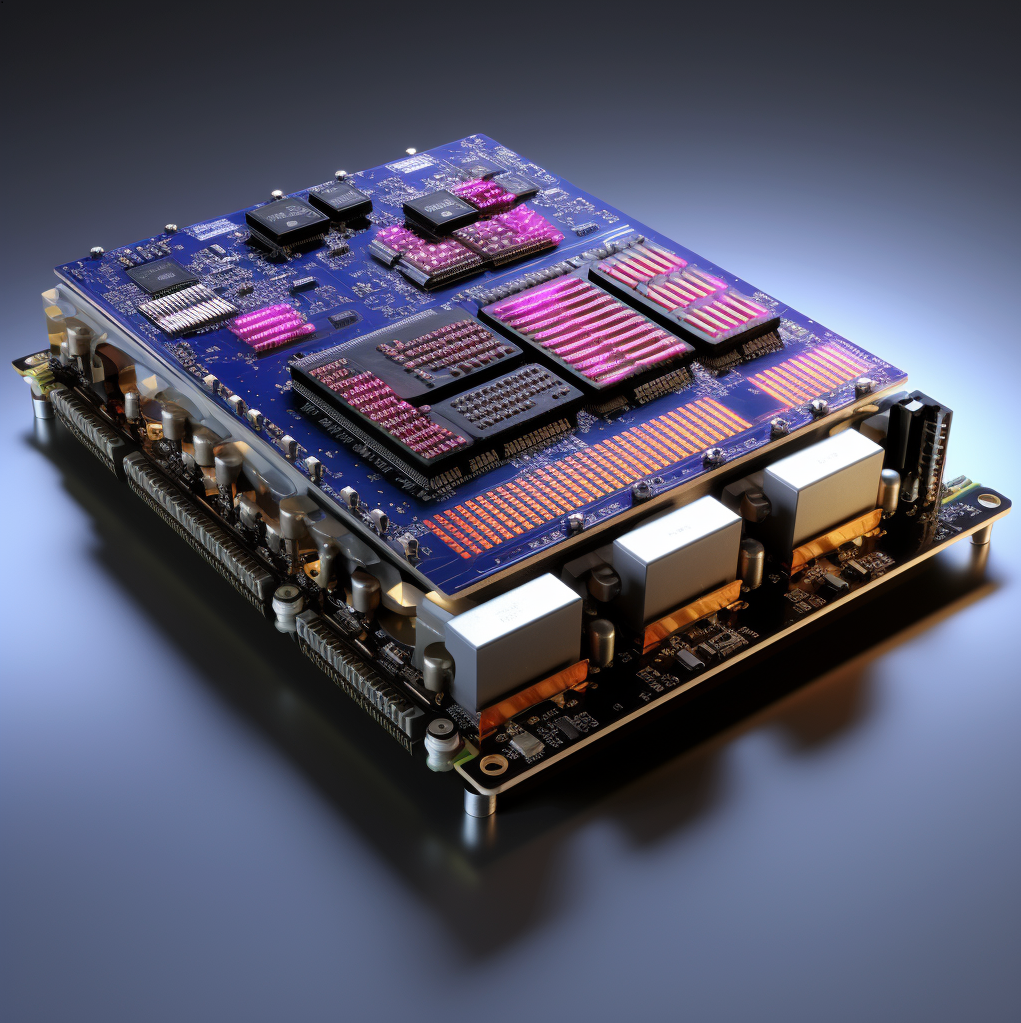FPGA’s Role in Radar and Communication Systems
In today’s fast-paced world, real-time signal processing is a critical component of radar and communication systems. To achieve the required speed and flexibility, Field-Programmable Gate Arrays (FPGAs) have emerged as powerful tools. In this blog post, we’ll delve into the world of FPGA-based signal processing and how they are revolutionizing radar and communication systems. From understanding the basics to exploring real-world applications, let’s embark on this journey together.
Understanding FPGA-Based Signal Processing
What are FPGAs? FPGAs, short for Field-Programmable Gate Arrays, are semiconductor devices that offer a unique blend of hardware and software programmability. Unlike traditional Application-Specific Integrated Circuits (ASICs), FPGAs can be configured and reconfigured to perform specific tasks, making them ideal for real-time signal processing applications.
Radar systems rely on FPGAs for rapid and accurate signal processing, ensuring the timely detection and tracking of objects.
Why FPGAs for Signal Processing?
- Speed: FPGAs boast lightning-fast processing speeds, making them perfect for applications where milliseconds count, such as radar and communication systems.
- Flexibility: Their reprogrammability enables adaptability to changing signal processing requirements, ensuring future-proof solutions.
- Parallel Processing: FPGAs can handle multiple tasks simultaneously, optimizing resource utilization for complex algorithms.
- Low Latency: With minimal input-to-output delay, FPGAs excel in real-time applications, reducing data transmission lag.
In communication systems, FPGAs play a pivotal role in signal processing, ensuring data integrity and efficient transmission.
Applications of FPGA-Based Signal Processing
Radar Systems rely on FPGAs for rapid and accurate signal processing, ensuring the timely detection and tracking of objects. FPGAs are employed for:
- Pulse Compression: FPGAs efficiently implement pulse compression algorithms, enhancing radar resolution and target discrimination.
- Beamforming: FPGA-based beamforming improves radar beam steering, enabling precise target localization.
- Doppler Processing: Real-time Doppler processing is crucial for identifying moving objects, and FPGAs excel at it.
- Clutter Removal: FPGA-based clutter removal techniques filter out unwanted signals, enhancing radar sensitivity.
- Error Correction: FPGAs implement error correction codes to mitigate data transmission errors, ensuring reliable communication.
- Modulation/Demodulation: FPGA-based solutions facilitate various modulation schemes, accommodating diverse communication standards.
- Channel Equalization: Adaptive channel equalization, vital for signal recovery, is efficiently executed by FPGAs.
- Security: FPGA-based encryption and decryptionenhance data security in communication systems.
Field-Programmable Gate Arrays (FPGAs) have emerged as indispensable tools in the realm of real-time signal processing for radar and communication systems. Their unmatched speed, flexibility, and parallel processing capabilities make them a natural choice for critical applications where milliseconds matter. As technology continues to evolve, FPGAs will undoubtedly play a pivotal role in shaping the future of radar and communication systems, ensuring faster, more reliable, and efficient data processing.













